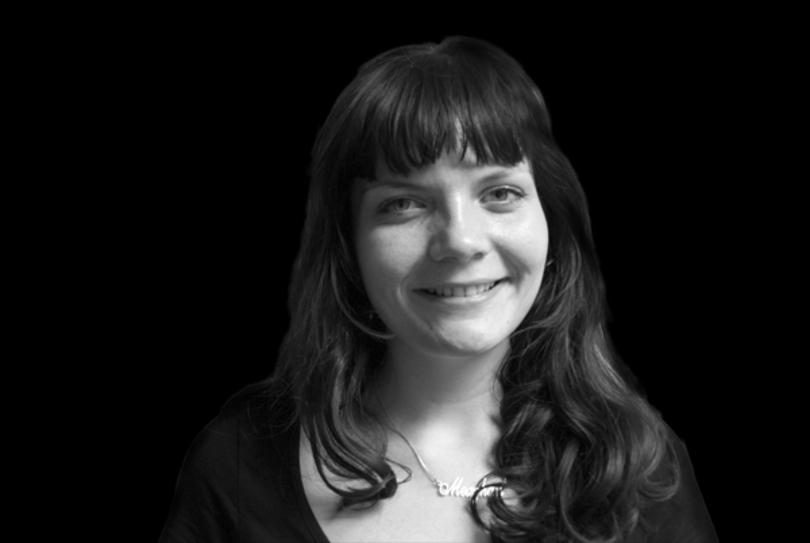New Orleans needs SU, ESF students’ help after familiar hurricane destruction
Category one Hurricane Isaac made landfall Tuesday evening outside of New Orleans, pounding a people who have not yet reached the point at which they are rebuilt after Hurricane Katrina in 2005.
Thankfully, this climatic event scored significantly lower in force, letting New Orleans take a break. And by break, only 170,000 people lost power, and 7,000 homes were flooded in LaPlace, La. alone, The New York Times reported.
Will New Orleans ever be able to take a break from hurricanes? While I’m not clairvoyant, I think I can hear a resounding “no” to that question.
New Orleans is in a prime place for environmental catastrophes. Below sea level, surrounded by bayous and marshes, the whole place is made of water. We built this city in an extremely unfortunate location. While it may be beautiful and full of life, it’s environmental issues also lead to loss of human life.
It’s been seven years since Katrina. Last March, I drove down to New Orleans — 22 hours from Syracuse — with Operation Southern Comfort and the State University of New York College of Environmental Science and Forestry to help restore the city. It was a group of 30 people, a mix of ESF and Syracuse University students. We all had little to no idea how poorly huge sections of the city were doing, even seven years later.
Parts of the city were beautifully restored, while other sections were missing whole blocks of houses or had decrepit, dilapidated houses in a barren wasteland. The parts of the city that had been restored were mainly on higher ground, where not as much restoration was needed. The restored parts were in more affluent sections of the city and parishes.
I worked in the lower ninth ward of New Orleans. In early spring — seven years after the devastating storm, tidal surges and levees breaking — these parts of the city still needed massive amounts of help. The 2000 census notes that 98.3 percent of the lower ninth ward’s population is black or African-American.
Environmental combines environmental and civil rights issues. This section of environmental studies took its roots 30 years ago, but has examples as recently as Majora Carter’s work with the South Bronx in the early 2000s. Carter has led her group, Sustainable South Bronx, to spearhead the creation of Hunts Point Riverside Park, as well as create sustainable green spaces and infrastructure in the Bronx.
Back in New Orleans, efforts are moving toward acknowledging environmental justice, but it may be many years before anything takes hold in the city. Before I had my experience in the Big Easy, it was easy for me to say, “Why don’t the people of New Orleans smarten up and move out of that environmental catastrophe?”
And then, after going down to work and live with these people, I came to realize they couldn’t move away. I had heard from person after person that they had nowhere else they could go. The lower ninth ward was all they had.
One woman I spoke to was still living in her home, which had extreme flood damage and overflow from the nearby oil refinery. Harsh chemicals, toxins and mold took over her house. She could not leave her home because the only job opportunity available to her was her shift at the dump.
New Orleans is a beautiful city, full to the brim with culture. It’s a city that is hit time after time with environmental catastrophes. Whether or not a storm is the size of Katrina or Isaac, the Big Easy has people that deserve the dignity that comes with a clean, safe environment, and justice for the less fortunate.
With groups like Operation Southern Comfort, or Habitat for Humanity, students at SU and ESF can make positive changes for those in these situations. Groups go back multiple times a year, and you getting involved with these organizations can make the difference we need to see in the world.
Meg Callaghan is a junior environmental studies major and writing minor at the State University of New York College of Environmental Science and Forestry. Her column appears weekly. She can be reached at mlcallag@syr.edu.
Published on September 5, 2012 at 2:26 am






